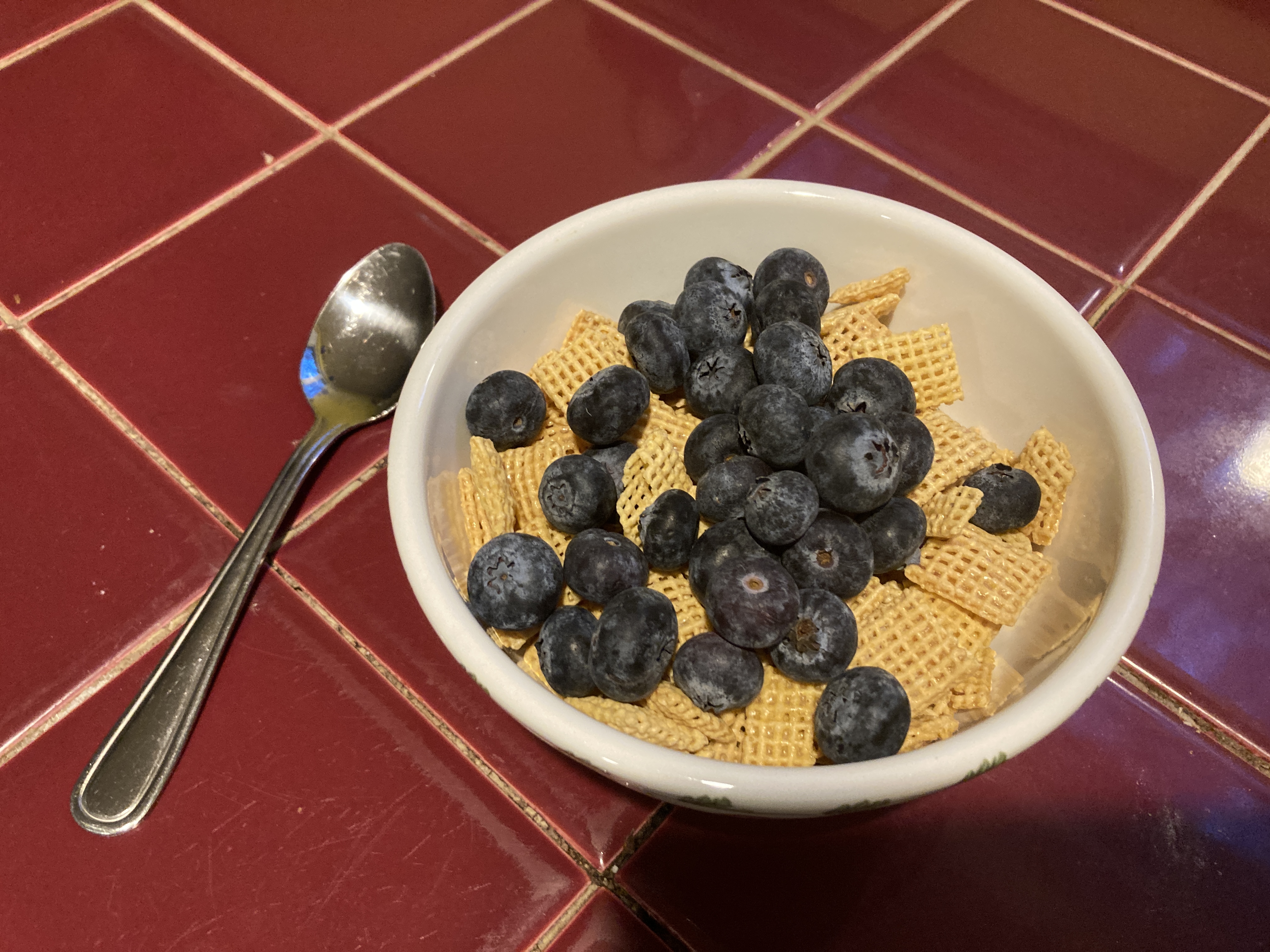Resource Library
Plant of the Week: Blueberry (Vaccinium) imports
I know we’re supposed to buy local and shun things grown in far-off places but the idea of giving up my morning coffee makes me see shades of gray. While generally in agreement with the “eat local” ideal, I have trouble holding steadfastly to the principle. The availability of year-round bananas has spoiled me and that has bled over to blueberries because they are my favorite topping for a morning bowl of cereal.
Blueberries belong to the genus Vaccinium, a group of more than 450 species of shrubby, acid-loving plants of the heath family. They are found everywhere except Australia but most species are in cool, moist climes of the norther hemisphere. The blueberry we know and love is a North American species that has only been grown as a commercial crop since 1916, but was long harvested and sold in local markets from wild plantings in New England and Eastern Canada.
Arkansas’ flirtation with blueberry cultivation began in the 1960s when Dr. Jim Moore returned to the state from Rutgers University where he trained as a small fruit breeder. At that time New Jersey was the home of the nascent blueberry industry. During the ‘70s and ‘80s, Moore attempted to establish a highbush blueberry industry in Arkansas that would bridge the market gap between the early ripening southern highbush blueberries (Vaccinium darrowii) and the summer ripening highbush blueberries (V. corymbosum). Though a good try, large wholesale producers never caught on, and the pick-your-own patches scattered about the state are the result of this work.
A funny thing happened in blueberry sales beginning about 2000. The per capita consumption of blueberries skyrocketed over a couple years when researchers demonstrated the antioxidant potential of the fruit and grower groups started promoting their health benefits. But blueberries were only available as a fresh market item in grocery stores from April through July. How to flatten the curve?
Off-shoring blueberry production began in Argentina about that same time but within a few years had moved into the fruit producing regions of Chile. By 2015 it had expanded again to Peru, now the third largest blueberry producing country in the world behind the United States (first) and Canada. In 2019 it produced 120,000 metric tons of fruit on 27,000 acres. Half of that production is exported to the United States, 30 percent to Europe and 15 percent to Asia. The peak harvest period is week 41 (late October), but by using different cultivars with different ripening characteristics, Southern Hemisphere blueberries are available from September through March.
Don’t get the idea blueberries are being grown down south by small peasant farmers. This is big corporate agriculture. My blueberries were marketed under the “Naturipe” label, a group that calls itself a partnership between four esteemed fresh berry producers with expertise in growing in South America and marketing throughout the world.
Most of the Peruvian production is devoted to ‘”Biloxi,” a southern highbush blueberry that was developed for use along the Gulf Coast and released by the USDA in the late 1990s. It is a “low or no-chill” selection, so can be grown in regions with essentially no winter. Establishment costs (not counting the land) run to more than $20,000 per acre. The main production areas are primarily deserts and described as sunny, hot and dry with irrigation and fertilization provided by state-of-the-art drip irrigation systems.
Ours is a global world and blueberries, because they ship well and retain most of their flavor characteristics throughout the marketing phase, fit nicely into the realm of year-round fruit availability. Though this system of off-shoring fresh fruit for wintertime consumption is probably not sustainable over the long haul, I only feel a little guilty when I eat my morning bowl of cereal. Next week, next year, next decade — that will probably change.
For more information about horticulture or to see other Plant of the Week columns, visit Extension’s Website, www.uaex.uada.edu, or contact your county extension agent. The Cooperative Extension Service is part of the U of A Division of Agriculture.
